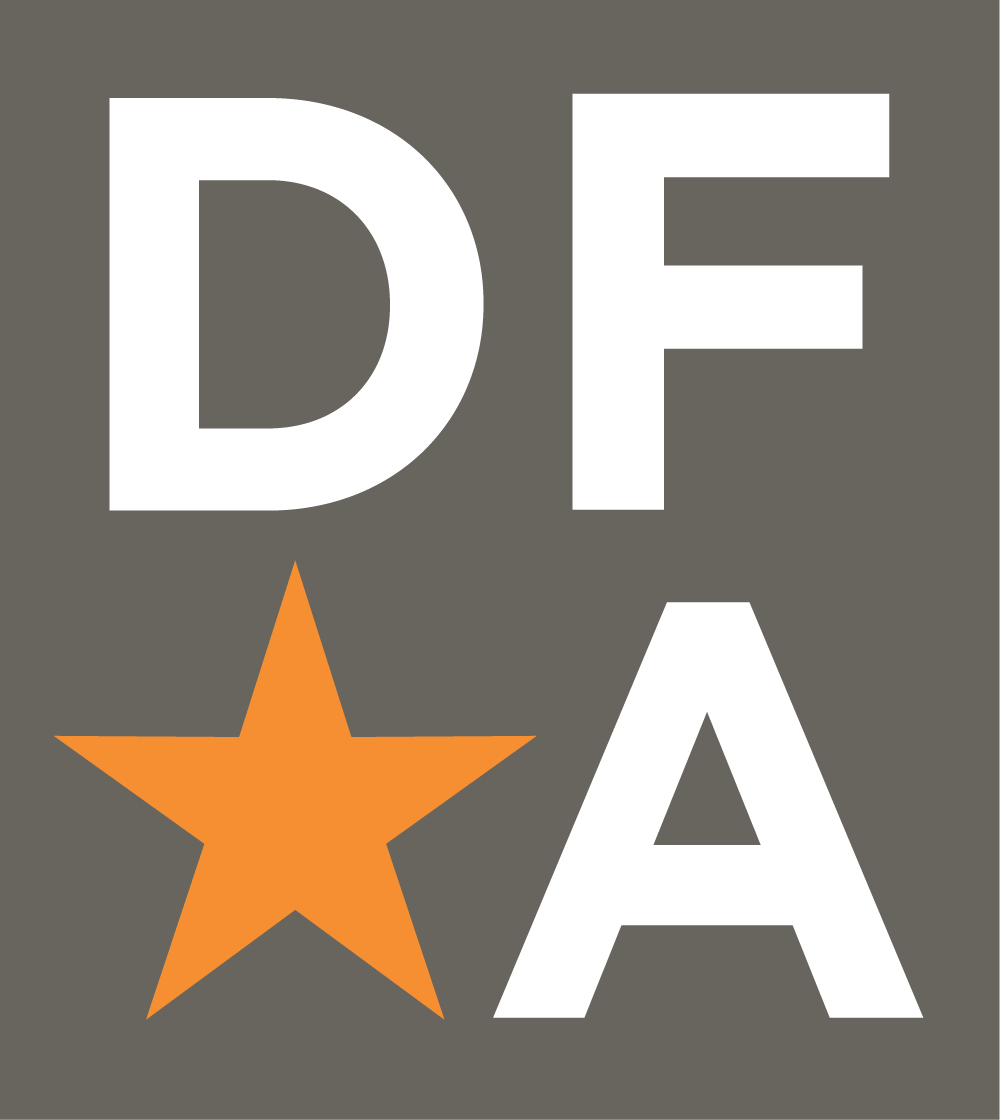DFA Days of Summer: Learnings from June
This post was originally published on June 29, 2020.
A confession. A provocation. An invitation. Eugene Korsunskiy launched into the most recent DFA Sparks Series with an outline to consider ethics in design. The framework encapsulates what DFA Days of Summer is set up for: bringing the DFA Community together to address what we need to consider, offer up new ways to approach design thinking, and create space to respond and react to changing realities.
The Days of Summer count: 2 Sparks sessions, 2 Resume Reviews, 35 new pen pals, and over 150 participants came together for the first two weeks of DFA Days of Summer.
Want to join in? Here’s how:
Missed the previous Sparks Series?
Catch up on all the spring and summer sessions here.
Interested in joining?
Sign up for the Sparks Series and Pen Pal Program on the Eventbrite.
Want to keep the conversation going?
Has the Sparks Series got you thinking differently? We’d love to hear how the programming is influencing you. Reach out if you’re interested in writing a blog post for DFA!
What We Learned: DFA Spark Series
Educators perfected how to teach design-thinking to their students, who leave the classroom ready to apply the tools, strategies, and processes they learned to any challenge space. Eugene Korsunskiy notes that in all his years of design teaching, he has failed his students in one distinct way. His curriculum leaves out the hardest part of the process: applying ethics to the design process. He is trying to change this.
Along with Michelle Pannone, the two mentors shared the following:
As a design educator, hoping your students take what they’ve learned and apply ethics to their design process is not enough – we need curriculum and methods to bring ethics into how we teach.
The effort is in two parts: Part 1 is identifying the fundamental ethical values we should teach in the classroom and the mechanisms that help us name those. Once we have a set of ethical values, part 2 is understanding how they manifest in the design context
Want more? Watch Eugene and Michelle’s full talk here
What We Learned: Resume Review and Portfolio Review
For students and young alumni, right now is the time to get ready to meet the perfect opportunity when it comes. Our DFA community came together in small discussion groups at the Resume and Portfolio Review to share best practices.
Tips for Resumes:
Pay attention to content, layout, then aesthetics. Consider the reading hierarchy of your text—what is your reviewer going to read first?
Be specific and keep it to the point—quantify what you did in bullet points or short sentences.
Emphasize the human-centered design focus and related soft skills you used in your DFA experience, like collaborating across disciplines and working with community partners to test solutions.
Tips for Portfolios:
Design the story of your projects to be exciting and engaging for your viewer! You want eager to know what happened next and why your solution is the best.
Emphasize the turning points in your story—how did your learnings and insights drive the next steps in your design process?
Make sure your work has enough “design love”—creative visualizations to convey your ideas. The more graphics, charts, and images, the better!
Career Development Resources
Networking
DFA Student Network Slack (join the #gigs channel)
DFA Alumni+Friends Slack (join the #jobs channel)
Watch the Digital Networking webinar with DFA Alumni to hear diverse perspectives and advice on how to make the most of networking
Resumes
Check out this Medium post by DFA Collaborative: DFA + Design Thinking on Your Resume!
Portfolios
Check out this webinar+blog about Sharing Your Story featuring Shure on how to tell strong narrative arcs.
Check out this webinar+blog with Artefact about shaping your portfolio too.
General
DFA Career Development Resources—Add helpful articles, job boards, and networks here to help others in their career journey!


